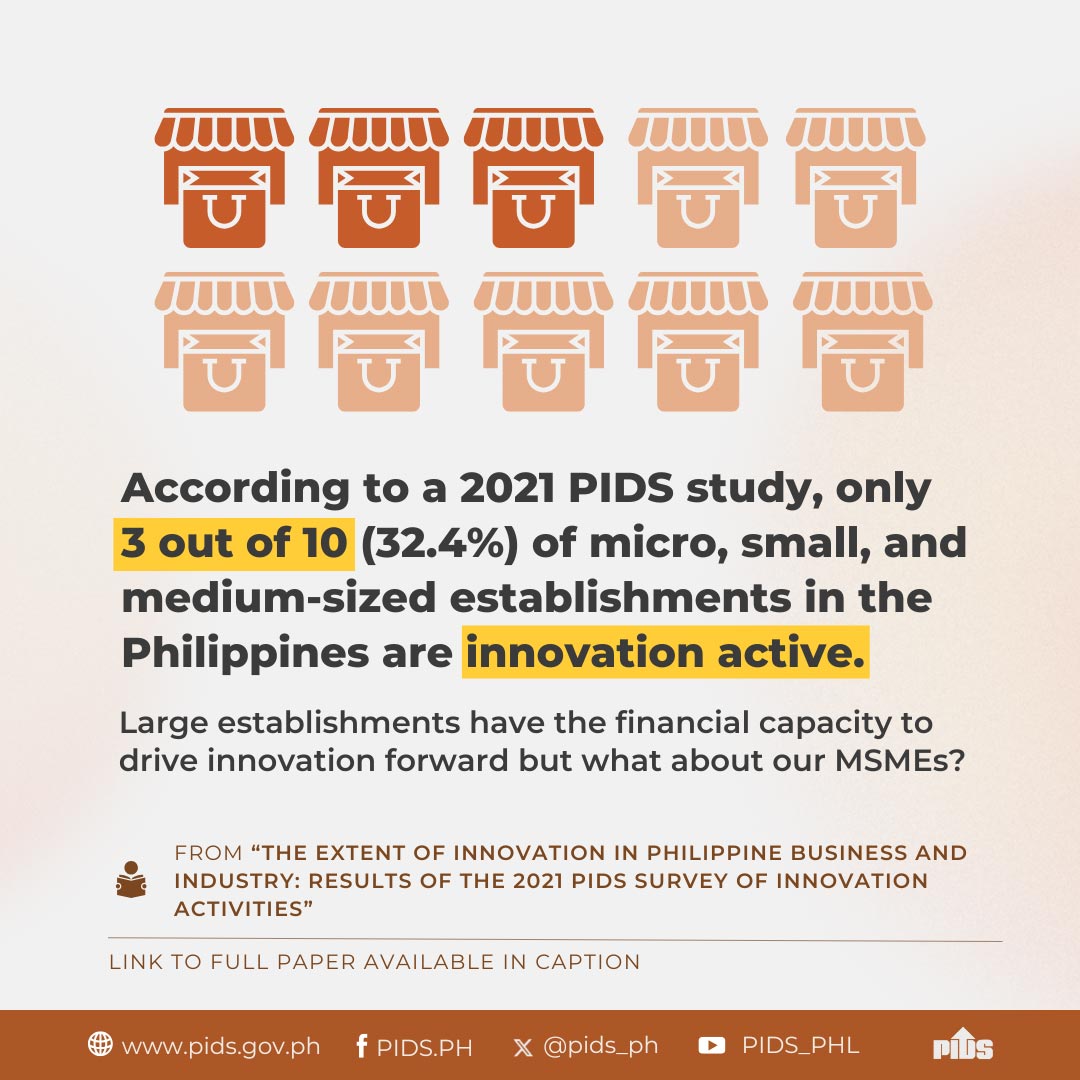The economy is estimated to grow by 5.5 to 6 percent this year, according to a study published by state think tank Philippine Institute for Development Studies (PIDS).
That projection is below the government’s own outlook for 2024.
The Development Budget Coordination Committee has a growth assumption of 6.5 to 7.5 percent for this year.
The study, Macroeconomic outlook of the Philippines in 2023–2024: prospects and perils, said consumption may still support growth despite weak global economic prospects, given the steady flow of remittances from abroad; increased wages which may partially offset lost purchasing power; and an improved jobs picture, with an increase in wage and salary employees.
“This robust domestic demand is projected to act as a buffer against the impact of a weaker global outlook,” the report said.
Apart from the continued resilience of the services sector, the report said possible upsides would include resurgence in certain sectors, such as construction, and rising business expectations in some industries, like in utilities and agriculture.
The downside would be if external conditions worsen more than expected, the report said.
On the inflation front, the Philippines is expected to see some relief in 2024 as it is expected to fall within the Central Bank’s target range of 3 percent this year.
Easing pressure on commodities and base effects are seen as key factors contributing to this decline.
“Despite the positive outlook, several potential risks deserve attention,” the authors, PIDS research fellow Margarita Debuque-Gonzales, and research analysts Mark Gerald Ruiz and Ramona Maria Miral, warned.
They highlight the importance of maintaining the independence of the Central Bank and its focus on inflation control, as mixed messaging and missed timing in monetary policymaking could pose challenges.
Additionally, concerns are raised regarding potential delays in fiscal policy reforms, particularly in detailing the country’s medium-term fiscal framework.
The authors call for a comprehensive approach to fiscal sustainability, urging clarity on additional revenues from legislative measures and the timing of deficit-reducing measures.
Effective management of the newly established Maharlika Investment Fund is another crucial aspect.
According to the authors, “while it holds potential for boosting economic growth and development, its success hinges on strong governance and clear objectives.”
The authors reiterate their previous policy recommendations, including controlling inflation without harming growth, managing exchange rate volatility while maintaining flexibility, rebuilding fiscal space, and investing in infrastructure and human capital.
Effective policy responses to these risks and continued implementation of sound economic policies will be key to ensuring sustainable growth and development in the Philippines in 2024, they said.












